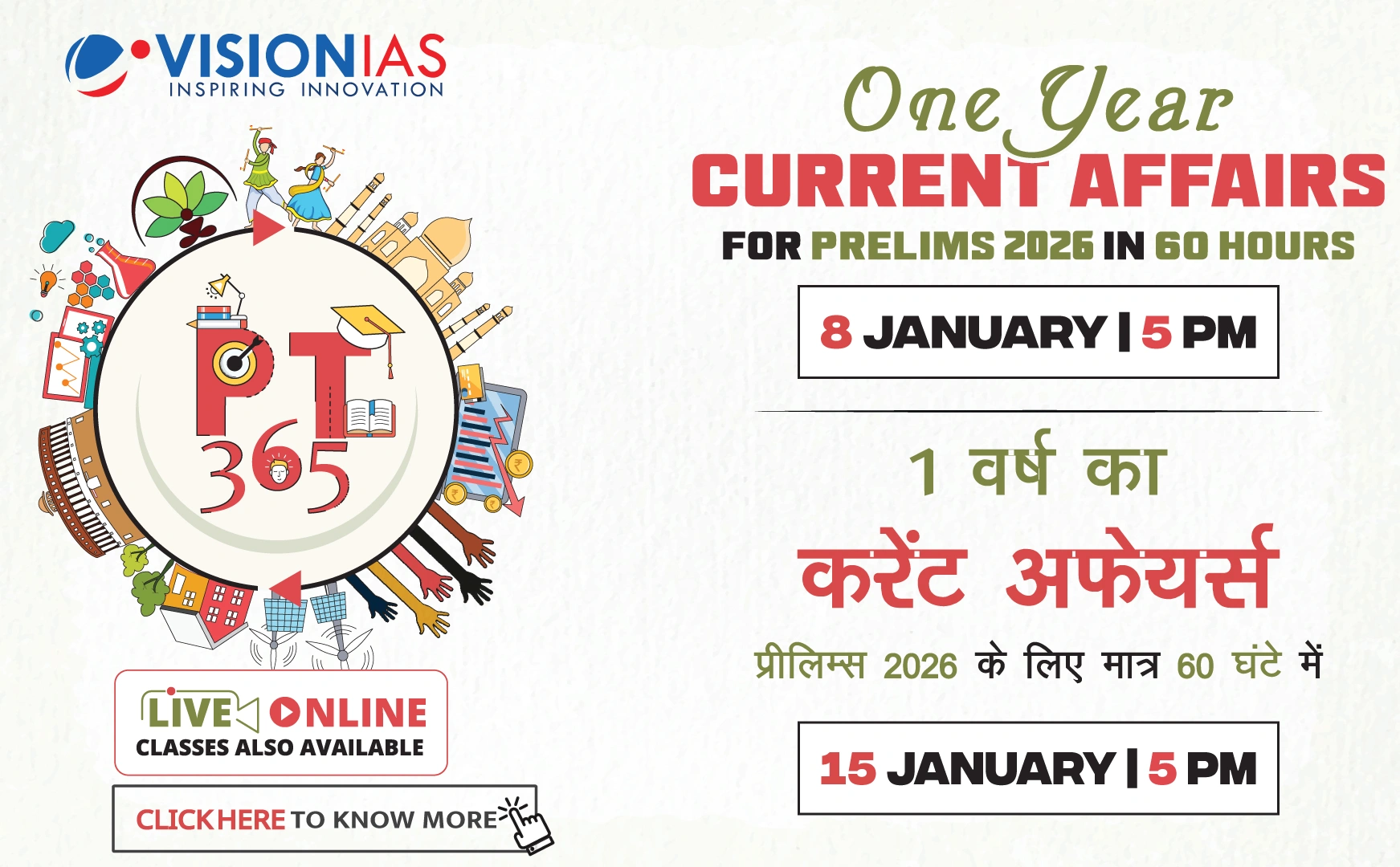Urban Management and Economic Growth in India
Empowering City Administrations
Montek Singh Ahluwalia, former deputy chairman of the Planning Commission, underscores the need for state governments to enhance urban management by empowering city administrations, especially in cities like Bengaluru. He suggests that increasing the number of cities in India by creating more states is crucial for India's growth at 8%.
- If India aims to become viksit (developed), it must significantly reduce its rural population.
- Urban management encompasses more than merely attracting corporate investments; it involves making cities liveable.
Challenges and Recommendations
Ahluwalia addresses the inefficiency of Bengaluru's city government, emphasizing the need for it to become more effective due to its global recognition.
- Indian city governments often lack the necessary power for effective governance.
- State governments have constitutional authority to empower lower levels of administration, but willingness is lacking.
Developing New Urban Centres
Ahluwalia advocates for promoting tier-II cities into metros and suggests that creating new states could foster the establishment of new urban centers.
- This initiative is expected to generate political enthusiasm for developing new cities.
Economic and Demographic Considerations
According to Ahluwalia, if India sustains an 8% growth over 20 years, the private sector will lead, likely beginning in the South.
- Regional growth discrepancies, such as Southern growth at 9% versus Northern at 7%, require adept political management.
- Slower population growth in the South compared to the North could lead to significant migration and structural changes.
- Migratory trends will see low-end jobs occupied by people from states like Bihar and Orissa.






